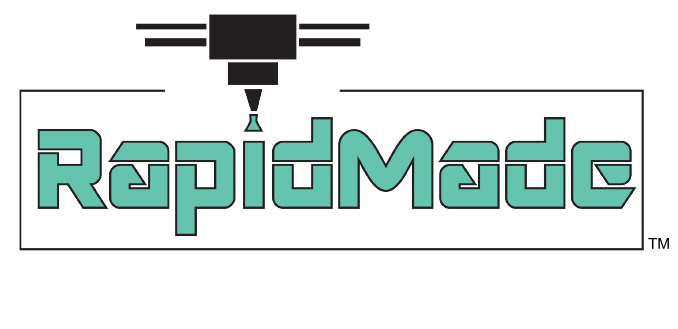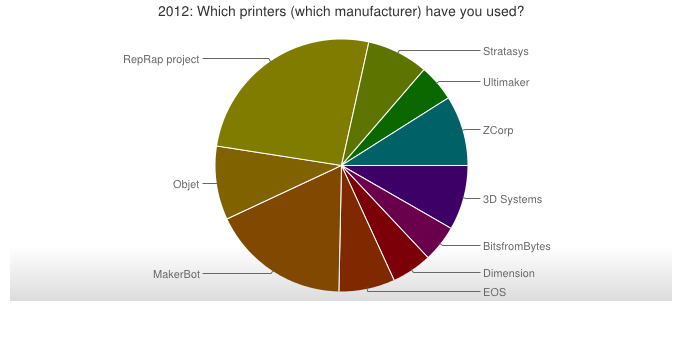A stainless steel bracket optimized for weight reduction (front) and the traditional cast bracket in the back.
Additive manufacturing (AM) has long been the holy grail of Aerospace OEMs like Boeing and Airbus. Where typically the costs of metal laser sintering can be prohibitive to mass producing parts, in the aerospace industry volumes are low enough and the design optimizations can easily pay for themselves in fuel and material savings.
EADS Innovation Works recently released a study that says implementing additive manufacturing into planes and other aircraft could reduce material use up to 75% and fuel consumption up to 40%.
Let's set aside the obvious environmental benefits for a moment. In an industry that is a slave to fuel costs and customers who always buy the lowest sticker price ticket off aggregator websites, airlines tend to get squeezed when it comes to making their margins.
Cutting just one pound of weight out of an aircraft can save over $10,000 in fuel costs every year. Not only do AM parts cut out that 75% of the material by only using structure where it is absolutely necessary, but light weight, high cost metals like titanium are now available where they were traditionally cost prohibitive, further lightening the load.
Machining titanium parts from billet generally causes up to 90% material waste versus virtually no waste from making the parts additively. Couple that with needing less material in the part design as a whole and scores of components that used to be made from stainless steel or aluminum can now be made from the valuable metal.
This is why we now hear engineers and executives dreaming about the development of printers that are large enough to manufacture entire wings. They see the value in a future where aircraft are created entirely from printed components.
Maybe the additional payload provided by these technologies will eventually even eliminate the need for bag fees. Unlikely, but one can dream!








